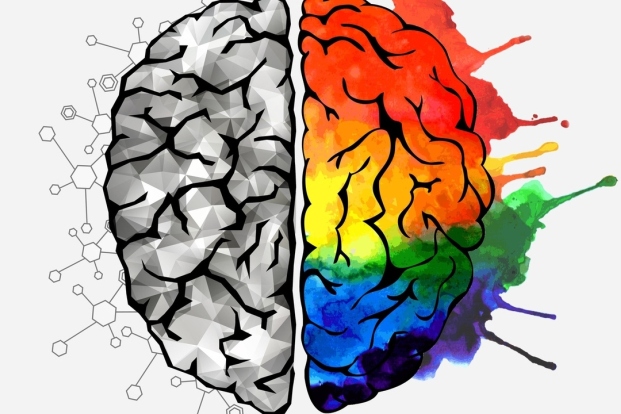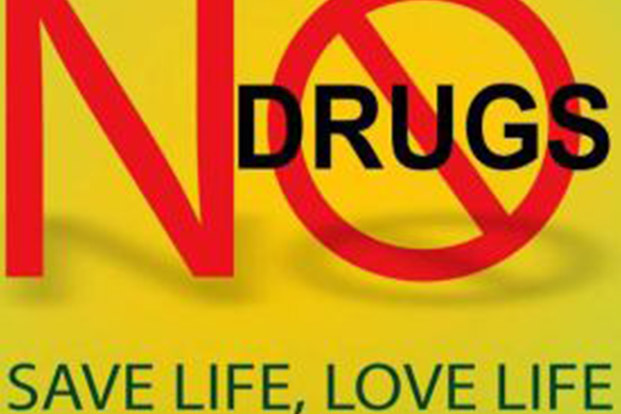What does "suicide contagion" mean, and what can be done to prevent it?

Apr 19, 2022
Suicide contagion is the exposure to suicide or suicidal behaviors within one’s family one’s peer group or through media reports of suicide and can result in an increase in suicide and suicidal behaviors. People deemed at risk for suicide should then be referred for substitute for mental health services. Suicide contagion can be defined as the phenomenon where one suicide leads to a series of other suicides. This may occur as clusters within a community, a family, or across the surrounding, basically in cases of high-profile suicides. When someone commits a suicide, other vulnerable people can be influenced by the ways that initial suicide is treated and then follow suit. Surviving loved ones who are overcome with grief may not have had the thoughts before but may suicide after losing someone they loved that way.

Sometimes, multiple suicides are planned in advance in a few sorts of agreements or suicide pacts. Addressing this possibility is important and is especially relevant when teaching Shakespeare, who uses this as a literary theme in works like Romeo and Juliet. The studies on contagion emphasize the way news, media and loved ones can discuss suicide without increasing the likelihood of generating contagion. Sophisticated, diverse statistical modeling techniques have largely reached the same conclusion: if someone is exposed to the suicide attempt or death of a friend, it increases that person’s risk of suicidal thoughts and attempts.
What can you do to prevent Suicide Contagion?
- Talk positively to the people
- Notice who is under depression and then talk to them
- Reach out to the specialists to conduct focus groups to discuss the topic
- Discourage herd type mentality in following fads that can lead to suicides
- Report any abnormality to the authorities







